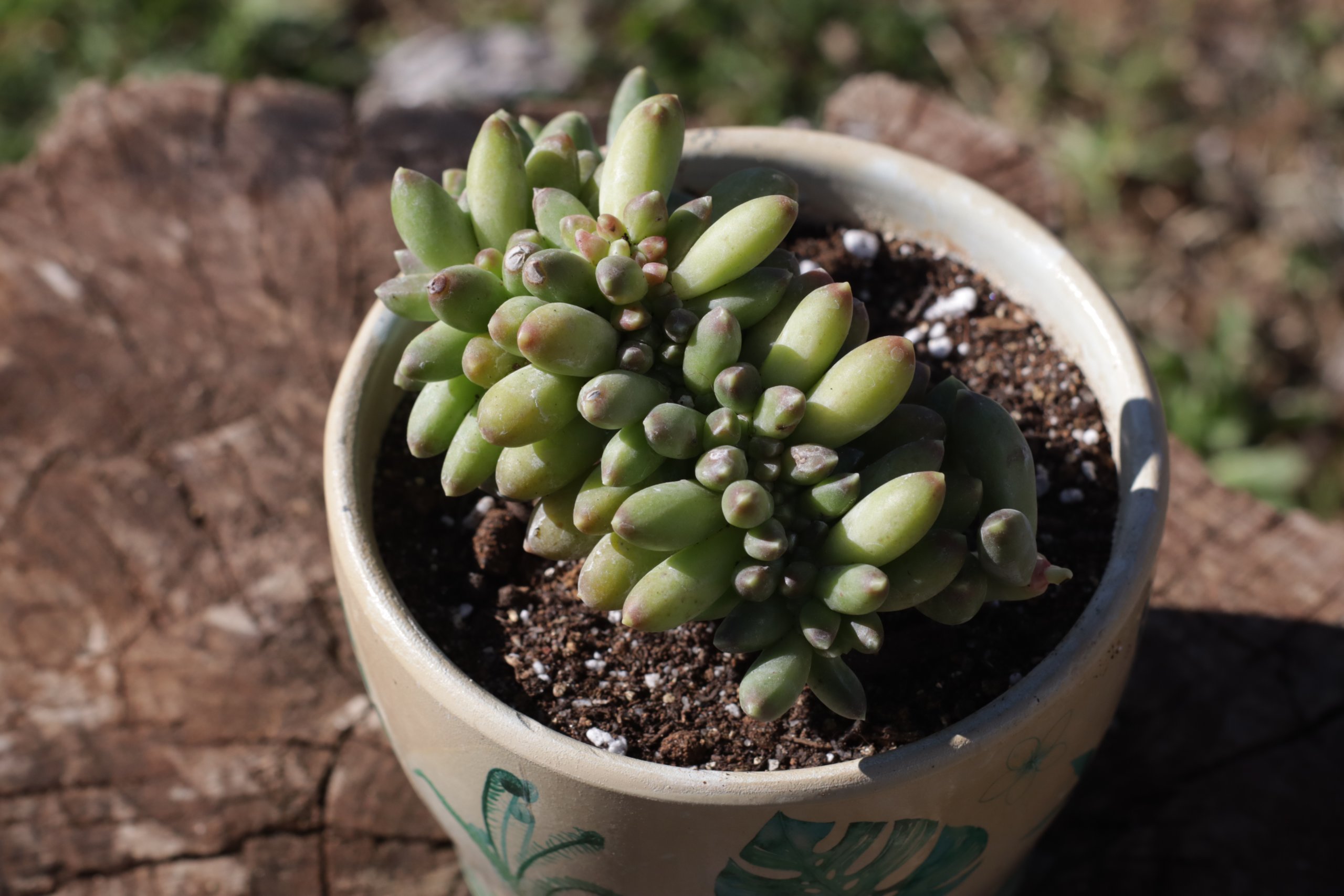Succulent Acclimation to Sun
When moving your succulents into brighter light, it’s important to give them time to get used to the sun. If you put succulents straight into full sun, their leaves can burn or turn yellow from too much light. Careful acclimation means slowly adding more sunlight so your plants can adjust and grow strong.
Different succulents have different sunlight needs, but most do best when you increase sun exposure little by little. Watch for signs like brown spots or faded leaves so you can reduce the sun exposure if needed.
Key Takeaways
- Gradually increase sunlight for happy, healthy succulents.
- Check plants for stress and adjust light as needed.
- Give your succulents extra care during acclimation.
Understanding Light Requirements for Succulent Acclimation
Succulents need the right balance of sunlight to grow strong and healthy. Different types of sunlight, specific plant needs, and how succulents process light all play important roles.
Types of Sunlight and Their Impact
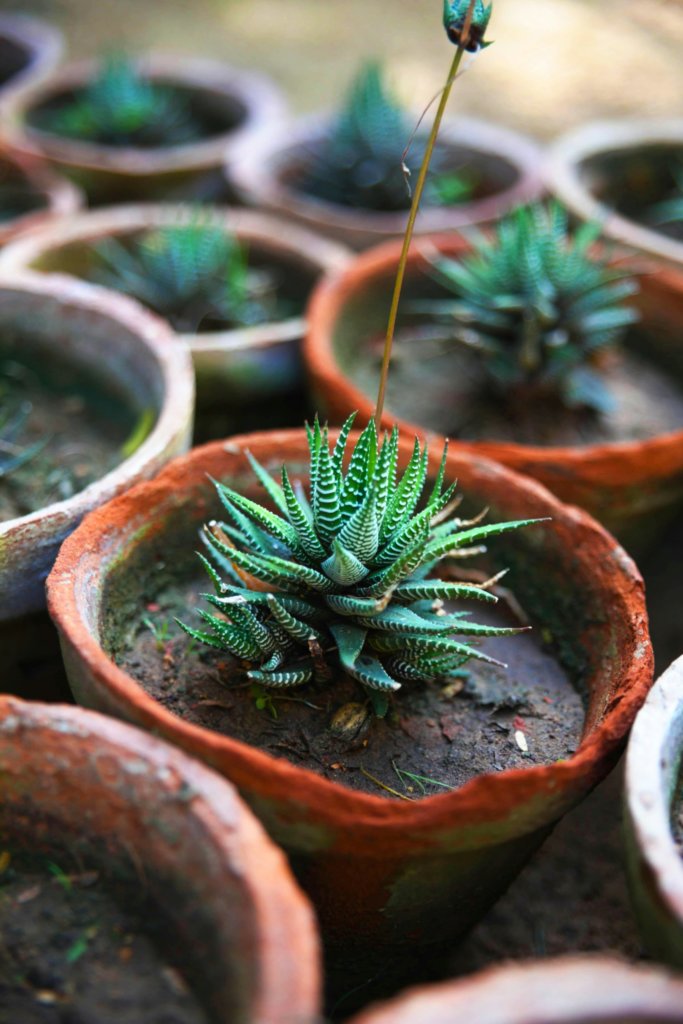
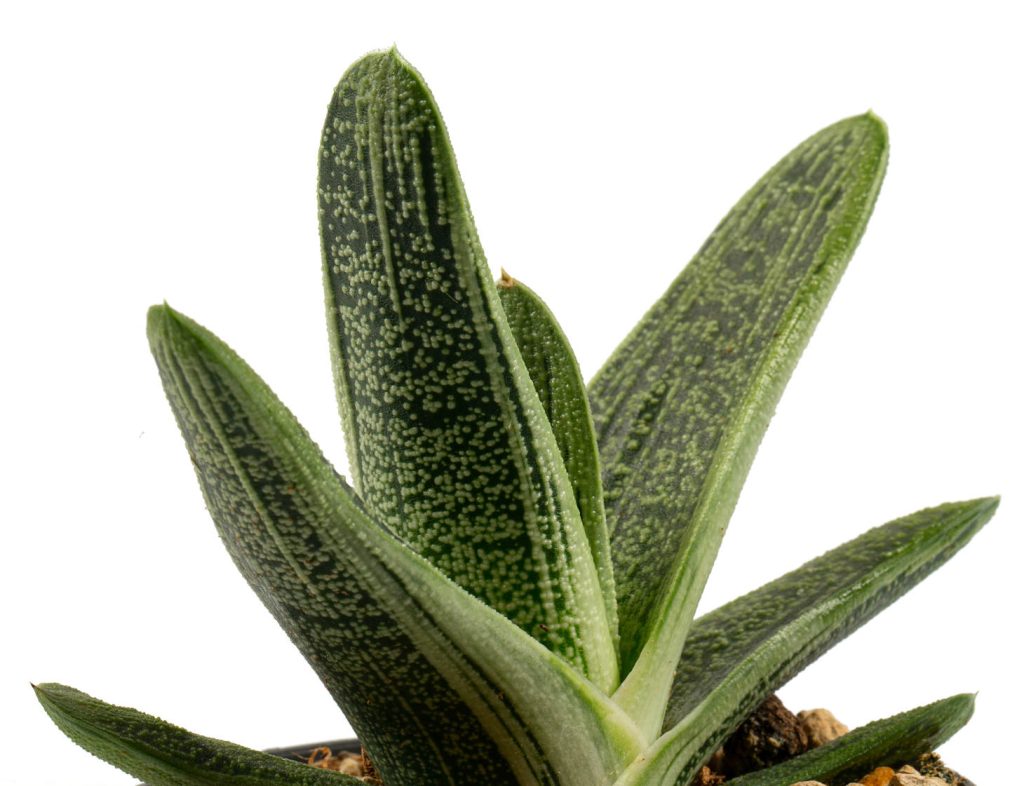
Sunlight comes in many forms. Direct sunlight is when rays hit your plant with no barrier, like on a sunny windowsill or outside in the open. Indirect light means the rays are filtered, such as from a sheer curtain or nearby wall.
Full sun refers to at least 6 hours per day of direct sunlight. Partial sun means 3-6 hours, often in the morning or late afternoon. Shade provides little to no direct light, and is best for low light succulents like haworthia or gasteria.
If your succulent gets too much direct sunlight too soon, leaves can scorch or turn brown. Too little light causes stretching, or “etiolation,” making plants thin and pale. Slowly increasing sun exposure helps prevent damage and gives your plant time to adjust.
Light Conditions for Common Succulent Varieties
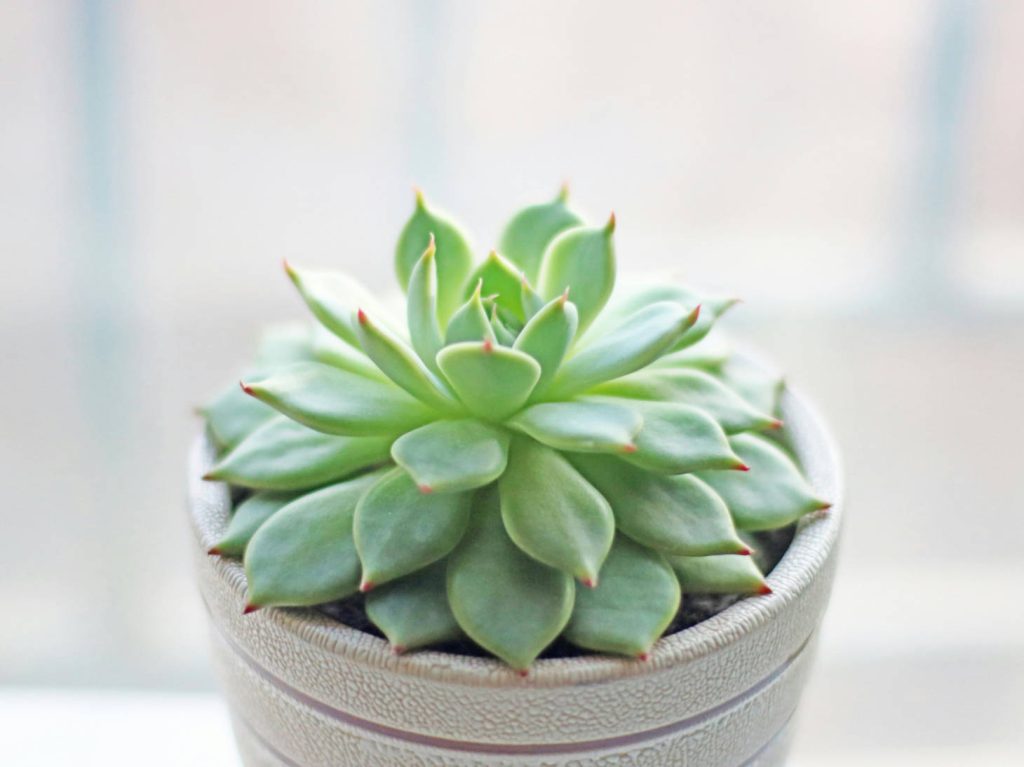
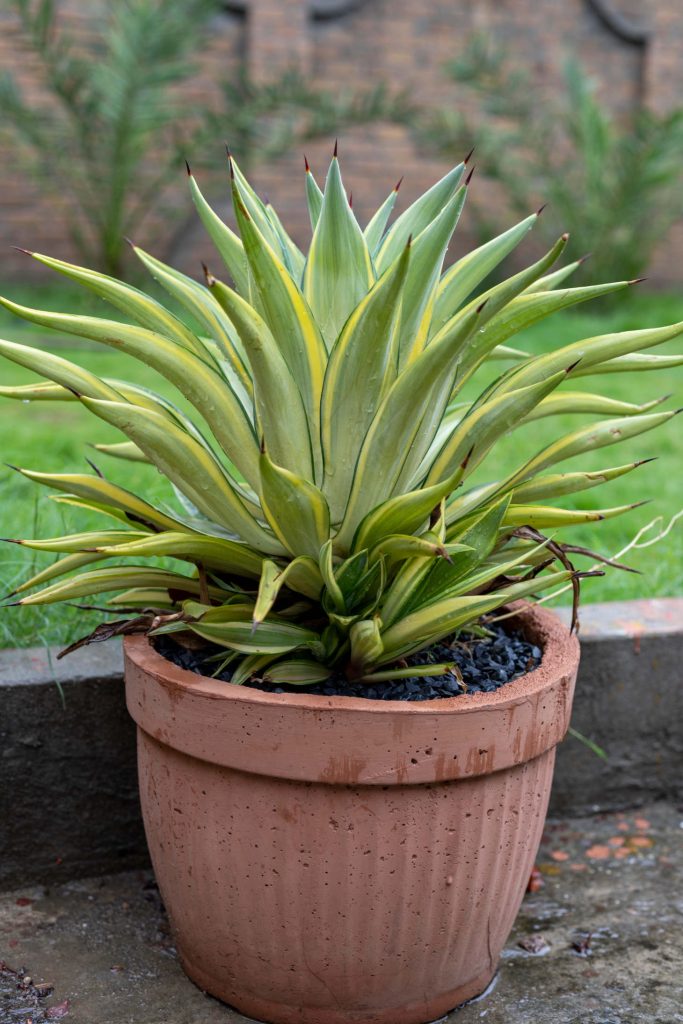
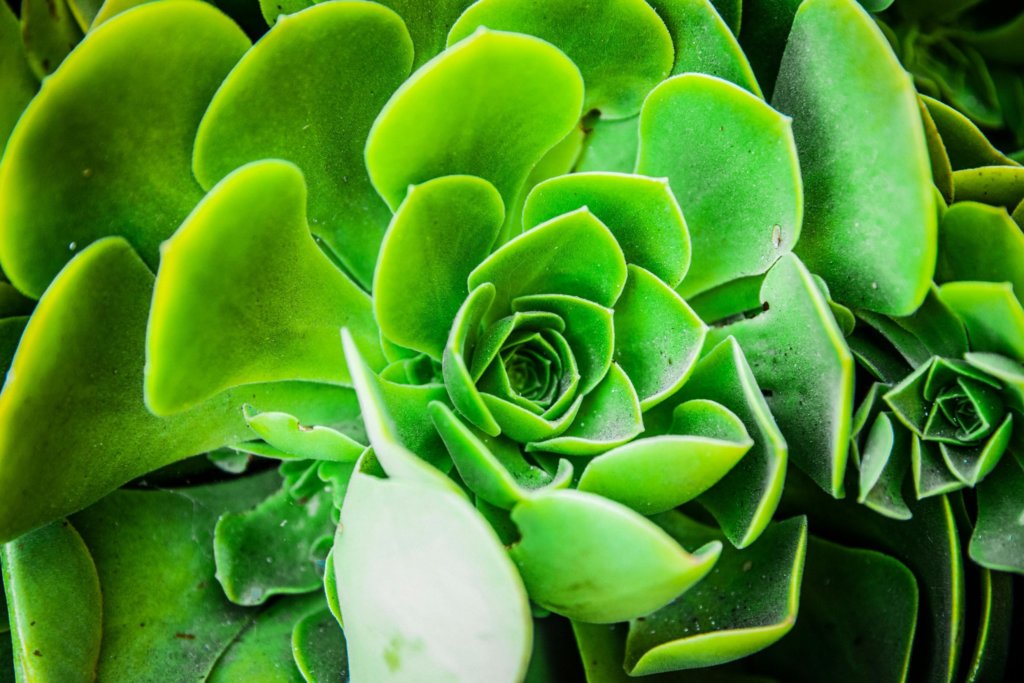
Different types of succulents have different needs. Sun-loving succulents like echeveria, agave, and sempervivum (hens and chicks) thrive in full sun and handle strong sunlight when acclimated slowly.
Indoor succulents like snake plants (dracaena trifasciata) and haworthia can live in lower light areas, but need some hours of natural light. Jade plants and aloe prefer bright, indirect sun, but can tolerate some direct sun after acclimation.
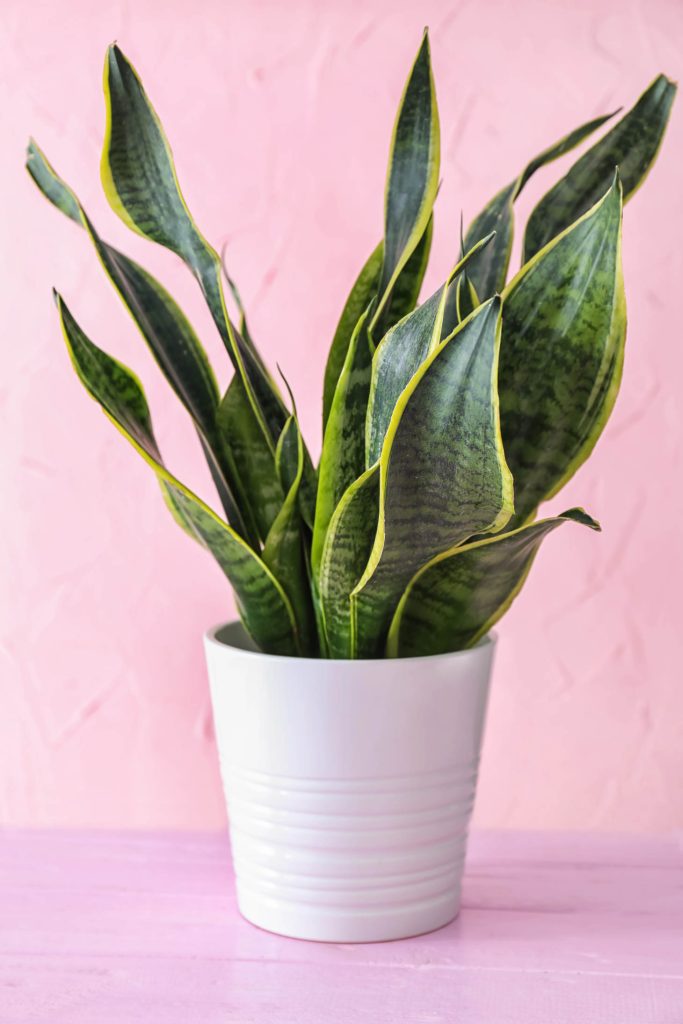
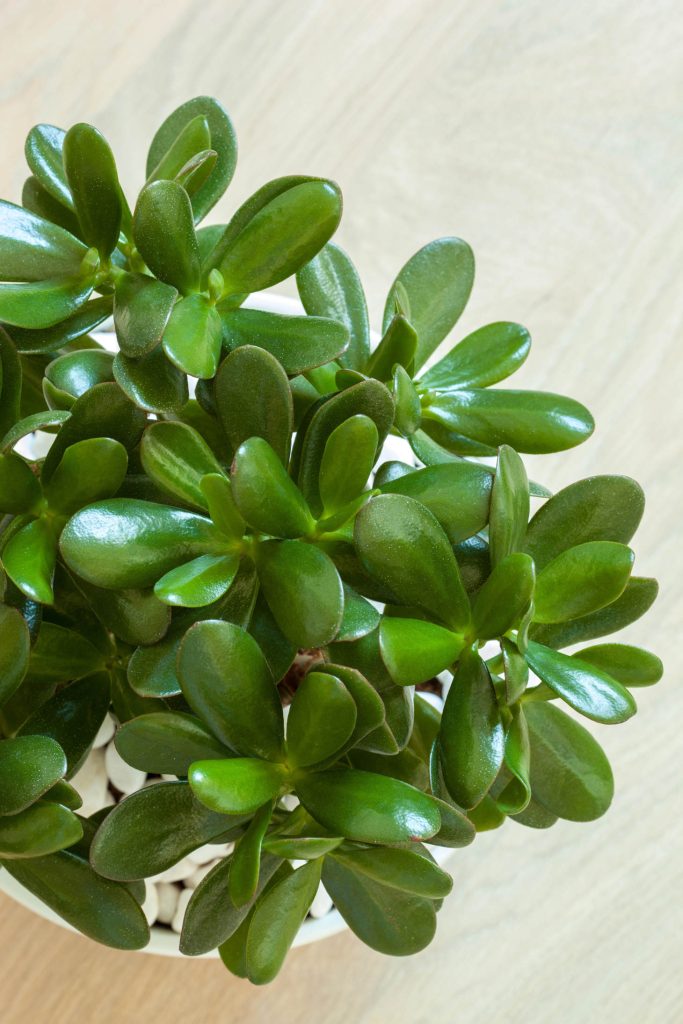
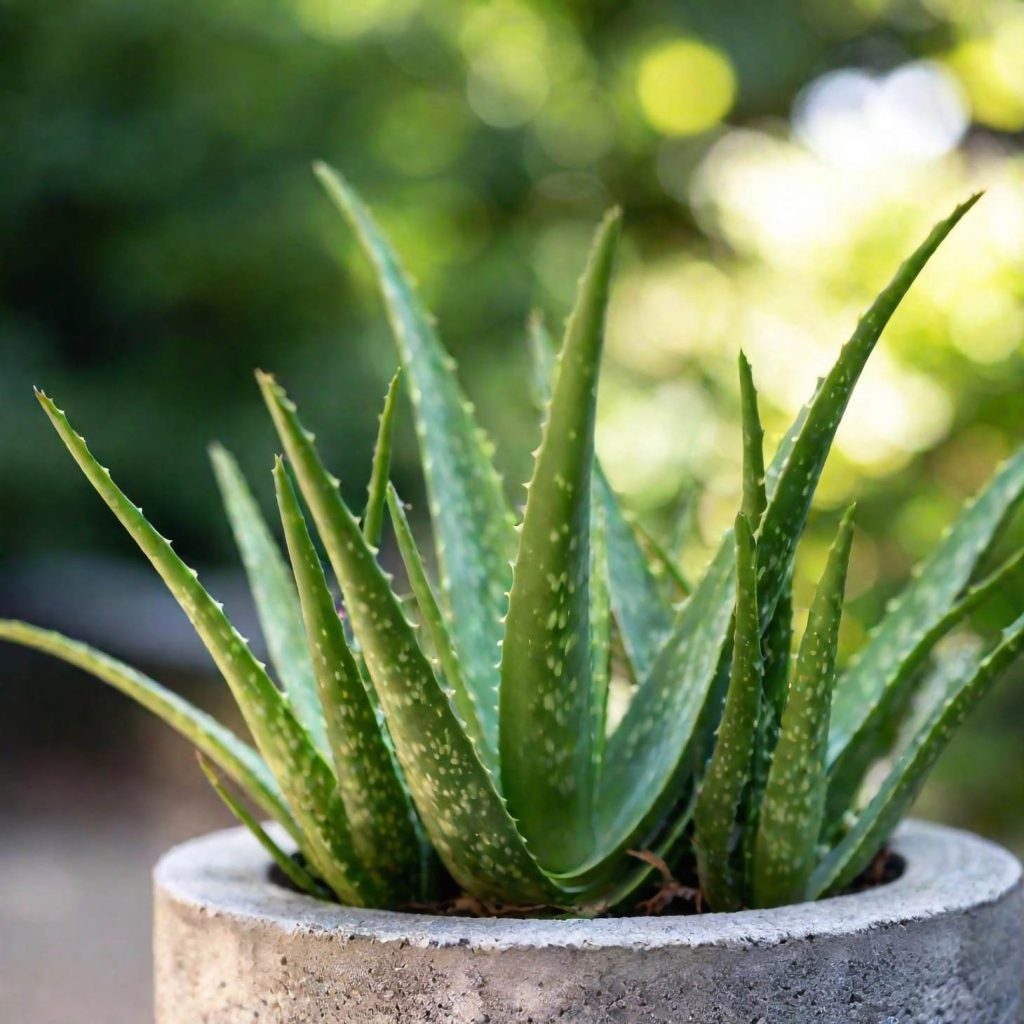
Photoreception and Photosynthesis
Succulents use photoreceptors to sense sunlight. These tiny cells in their leaves help the plant track the amount and type of natural light around it.
Photosynthesis is how succulents turn sunlight into food. Good sun exposure helps keep your succulent compact, colorful, and healthy. If light is too low, the plant cannot make enough energy, and growth may slow or weaken.
Acclimating your succulent to stronger sunlight increases its ability to photosynthesize without stress. A sudden change from shade to full sun overwhelms the plant’s systems and can harm leaves. A gradual increase in light helps the plant adjust its photoreception and do photosynthesis more efficiently.
Best Practices for Acclimating Succulents to Sunlight
Moving succulents into brighter sunlight must be done with care to prevent sunburn and stress. Adjusting them gradually, using shade tools, and knowing how to shift between indoor and outdoor light conditions will help your plants stay healthy.
Gradual Introduction to Increased Sun Exposure
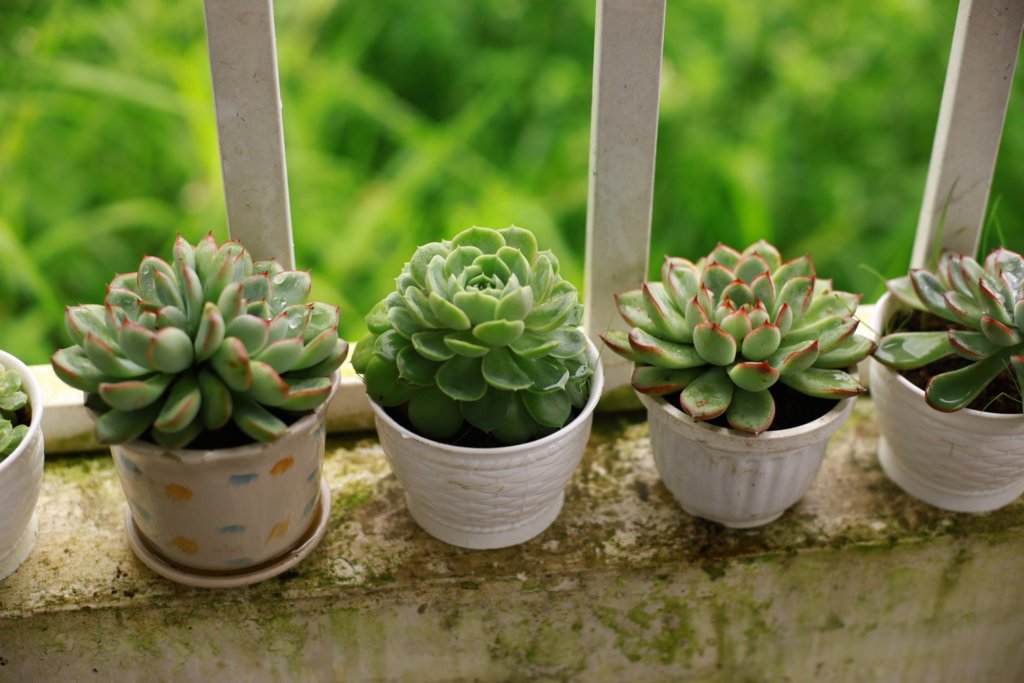
Start by placing succulents in a spot with indirect light, such as a bright area under a covered porch or a spot near a window that gets filtered sun. Each week, move them closer to stronger light.
Increase sun exposure by 1-2 hours each day. For example, succulents can get morning sun and then move into partial shade for the rest of the day. Watch for pale spots, brown tips, or leaves that look dry, these are signs of sun damage.
Make small changes over one to three weeks. This gives your succulents time to grow thicker skin and adapt to intense light.
Using Shade and Shade Cloth Strategically
Shade cloth is useful for protecting outdoor succulents, especially during heatwaves or when the sun is strongest in the afternoon. A cloth with 30–50% shading works well.
Try using patio umbrellas, tree shade, or sheer curtains to block harsh midday rays. Arrange your plants so taller ones provide some shade for shorter or more tender varieties.
Keep an eye on the weather, as sudden temperature spikes can cause sun stress. Even mature succulents sometimes need extra shade during a heatwave to prevent sunburn and leaf scorch.
Transitioning Indoor to Outdoor Light
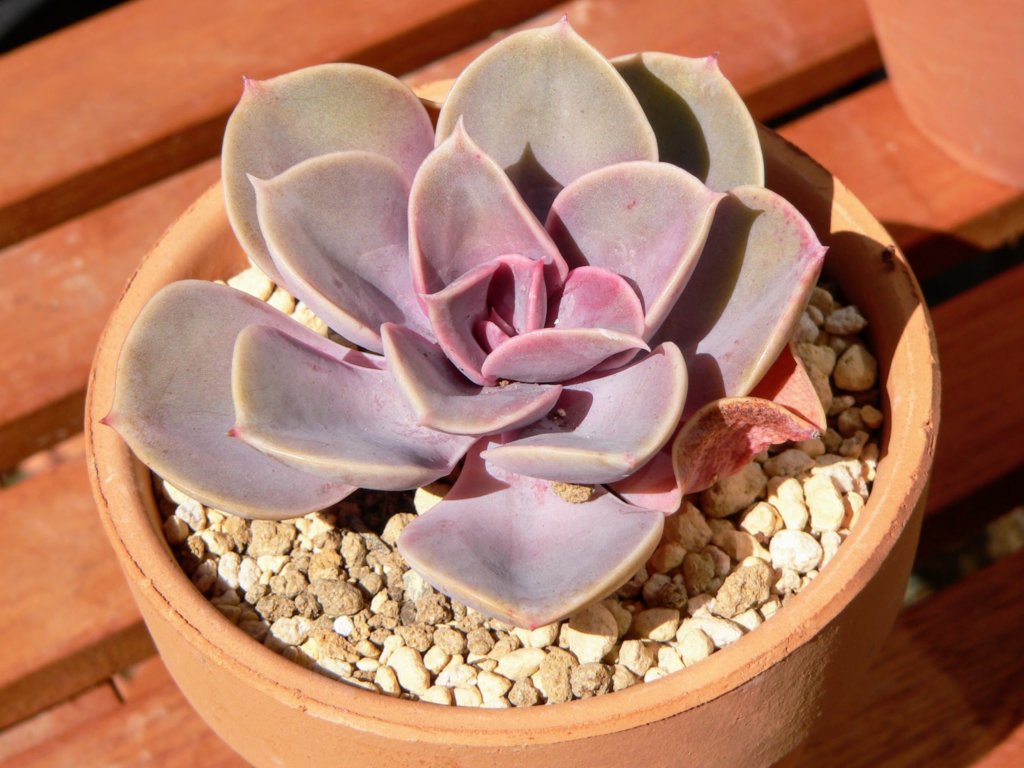
When moving succulents from an indoor spot, like a south-facing window, to an outdoor area, changes in ultraviolet (UV) light can be intense. Start by placing them in a spot with dappled sunlight outside, such as under a tree or on a shaded patio.
Avoid putting newly moved plants right in direct sun. Keep them outside for a few hours a day and extend the exposure gradually.
If a heatwave is coming, return the plants indoors or provide extra shade. Letting indoor succulents adjust too quickly can lead to sunburn or stress.
Adapting Acclimation for Different Environments
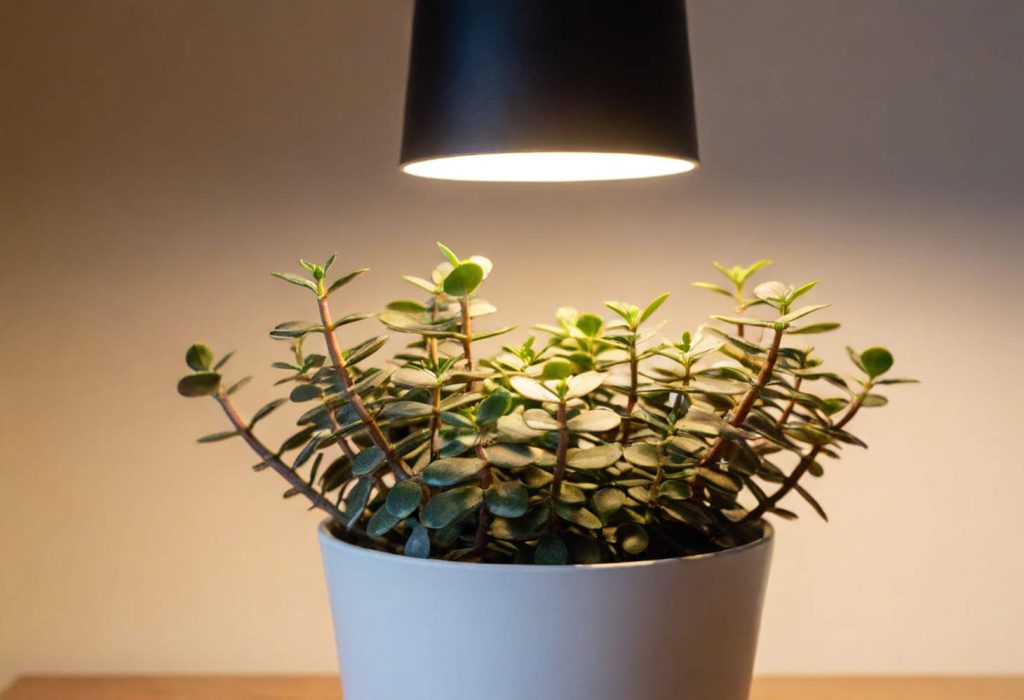
Climate, season, and local light conditions affect how you should acclimate your succulents. In high-heat areas or during the peak summer months, use more caution and acclimate slowly.
In cooler climates or seasons, gradual sun exposure is still important, but succulents may tolerate more direct sunlight. Use a grow light indoors to simulate sunlight when natural light is low, especially in winter.
Keep in mind that different succulent types have different sunlight needs. Some, like Echeveria, crave more light, while others prefer partial shade. Adjust your acclimation process for each plant variety and environment to ensure healthy growth.
Recognizing and Addressing Sun-Related Stress in Succulents
Succulents react in different ways when they get too much sunlight. Noticing early signs and knowing how to fix the problem can protect your plants from lasting damage.
Signs of Sunburn and Sun Damage
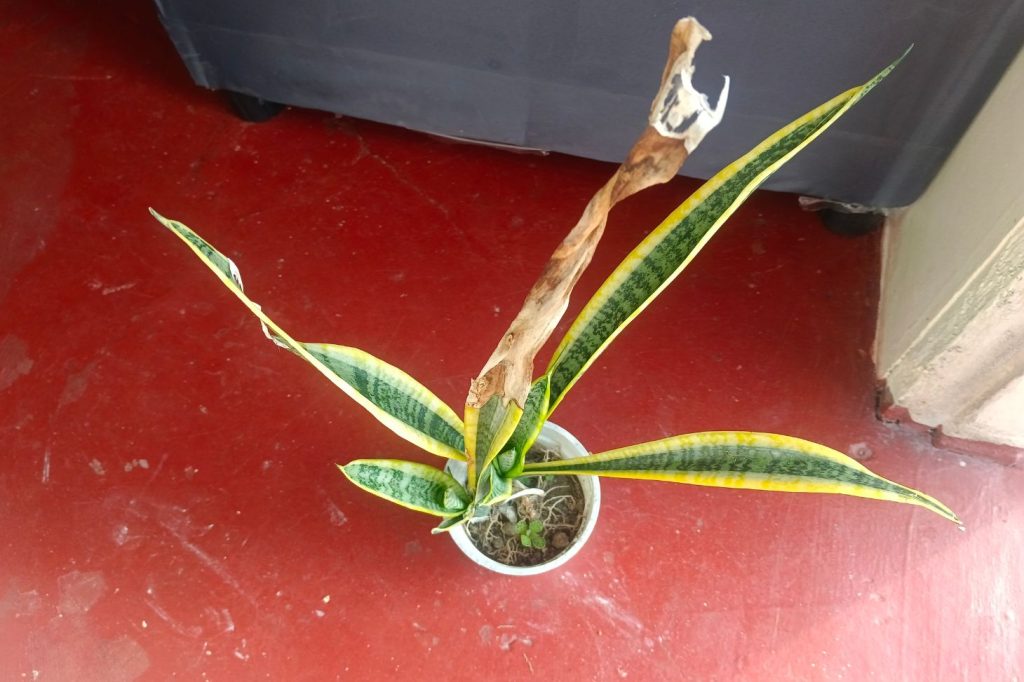
Sunburn in succulents often shows up as white, brown, or black spots on the leaves. These areas might look dry, rough, or scarred. Sun damage can also cause the leaves to look faded or bleached, especially if your plant was recently moved from lower light to direct sunlight.
You may notice the rosette shape of succulents changing if the stress continues. Leaves facing the sun may shrivel or develop a papery texture.
Other signs of too much sun include yellowing, drooping, and a loss of growth at the tips. Plants in areas with excessive rainfall or poor drainage can also have weaker, more easily burned leaves.
Remedying Light-Related Issues
If you spot signs of sunburn or stress, move the plant right away to a location with filtered light or partial shade. Do not suddenly shift the succulent to a dark spot, but instead use a sheer curtain or relocate it to a covered porch.
Watering after sunburn can help ease the stress but avoid overwatering, especially after excessive rainfall. Remove any badly damaged leaves with clean scissors to prevent rot.
Consider tracking how much sun each species in your collection receives daily.
Adjusting Placement for Sensitive Species
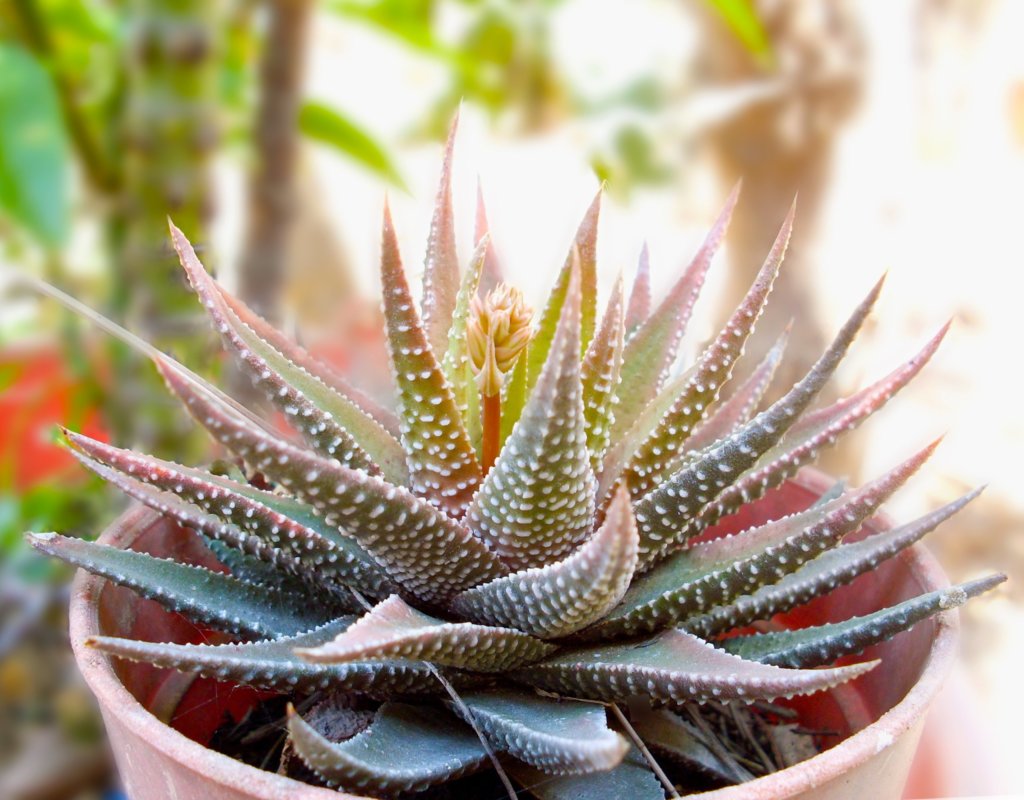
Sensitive species, such as haworthia or thin-leaved succulents, often need extra protection. Gradually introduce these plants to brighter conditions over several days. When moving them outdoors, aim for early morning or late afternoon sun rather than midday.
Keep more delicate succulents near walls or under eaves during the hottest part of the year. If your plants are in pots, rotate them every few days to keep growth even and minimize stress.
Use shade cloths or garden umbrellas if you live in a region with intense sunlight. This helps prevent sunburn and keeps the rosette shape healthy. Watching these conditions closely can help you spot problems before they become serious.
Frequently Asked Questions
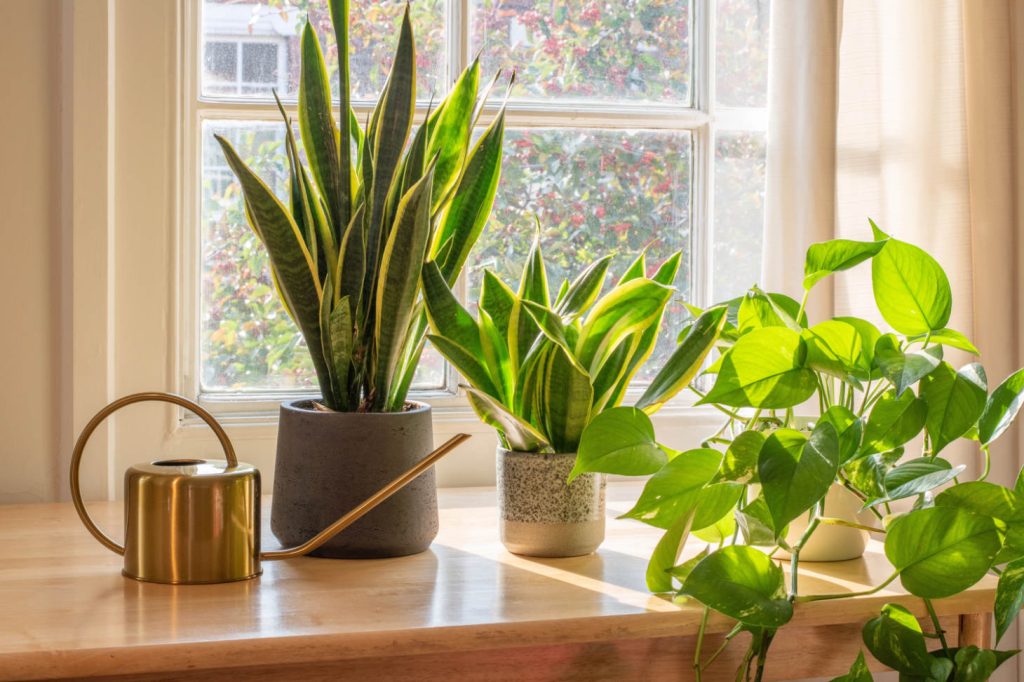
Succulent acclimation to sun takes planning, patience, and careful observation of your plants. Paying attention to the signs of stress and knowing which types can handle full sunlight will help your succulents grow well.
How long should the process of acclimatizing succulents to full sun take?
The process usually takes 1 to 3 weeks. Start with an hour or two of morning sun each day, then slowly add more time every few days. This gradual approach helps avoid sudden sunburn or shock.
What steps are necessary to transition succulents from indoor to outdoor lighting conditions?
Begin by placing your succulents in a spot with bright, indirect sunlight for a few days. Slowly move them into areas with more direct sunlight, increasing exposure in small steps. Check for signs of sun stress, like faded or burnt leaves, and reduce light if you see them.
Which types of succulents can safely withstand direct sunlight?
Succulents like Hens and Chicks (Sempervivum), Echeveria, and most sedums can handle full sun. These types thrive with several hours of direct sunlight each day. Other varieties, such as Jade plants, prefer bright but indirect light to avoid sunburn.
How can one tell if a succulent is receiving too much sunlight?
Look for signs like bleached, yellow, or reddish-brown spots on the leaves. Succulents may also become dry or crispy. If you notice shriveling or a faded appearance, it’s likely the plant is getting more sun than it needs.
What measures should be taken to protect succulents during the acclimation period?
Use shade cloths, move plants under a patio or tree, or bring them indoors during the hottest part of the day. Watering in the early morning helps reduce stress. Gradually increase sun exposure to prevent shock and sunburn.
Is it possible to reverse sun damage on a succulent, and if so, how?
You cannot fully reverse sunburn on a succulent, but you can help the plant recover. Move it to a less sunny spot and remove any dead or severely damaged leaves. Provide proper water and care, and new healthy growth should eventually replace the damaged parts.

